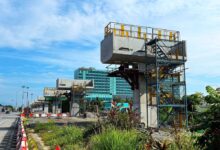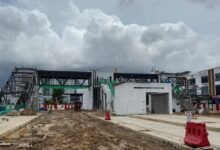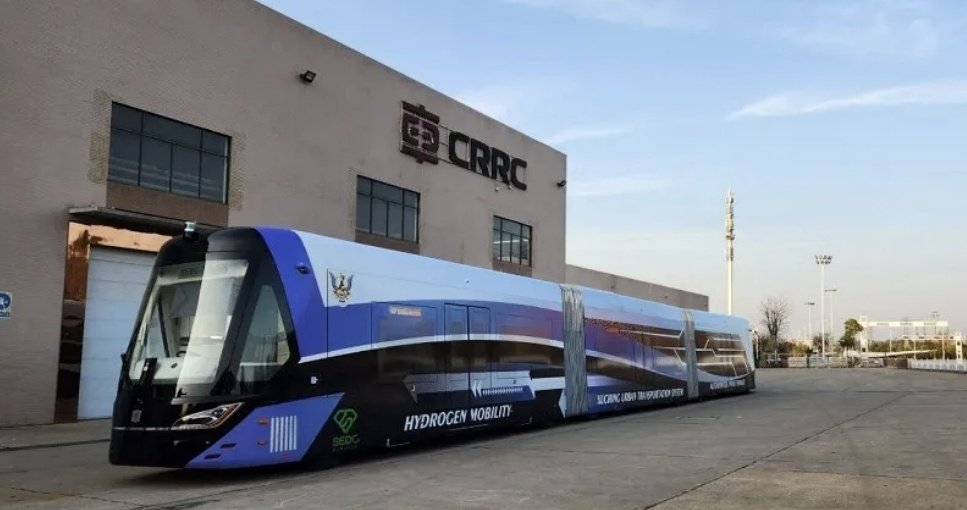Interesting findings from the Kuching Urban Transportation System (KUTS) EEIA Report

Sarawak Metro this week announced that it has completed the Environmental Impact Assessment (EIA) Report for the Kuching Urban Transportation System (KUTS), which now can be viewed by the general public.
While the report itself gives an in-depth view on how the massive project will affect the environment, it also gives us a clearer idea of what to expect from the KUTS which comes in two main lines (for now), which is the Samarahan Line, and Serian line.
Here’s the important, or rather interesting things I gathered from the report.
About ART
The Automated Rapid Transit (ART) is an innovative system which is a hybrid of a train, a bus and a tram.
It runs on rubber tyres with its own dedicated lanes which are segregated from other road traffic and vehicles.
It is guided by an intelligent optical guidance system where sensors on board the ART will detect line markings on the road allowing the ART to navigate smoothly within its dedicated
lane.
A three-car ART, which is what KUTS is deploying, is able to accommodate approximately 300 passengers.
It will also be fueled by hidrogen, making it friendlier to the environment.
Construction
It is not a secret that the KUTS project had already begun. On it’s official website, the project is now entering its designing phase with construction expected to begin next year.
Based on the information shared in the report, the project is expected to start construction in the third quarter of 2022 with the Samarahan Line being constructed first.
This will then be followed by the Serian Line which will begin construction in the first quarter of 2023.
The Samarahan Line is expected to be operate in the fourth quarter of 2026, while the Serian Line will be operational in the second quarter of 2026.
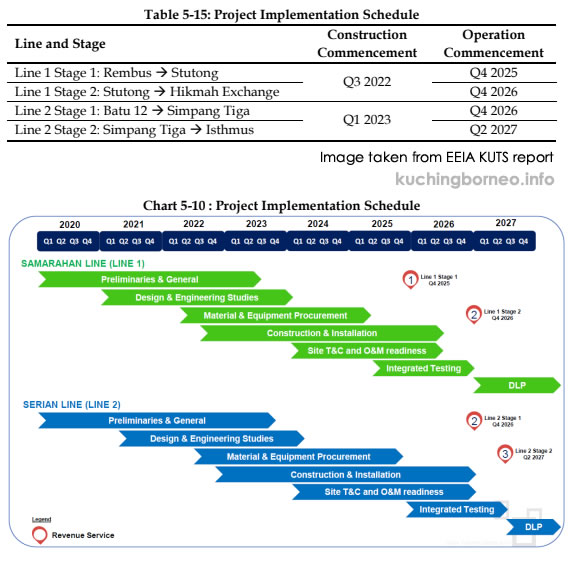
This means the construction (excluding designing) is expected to take some four years to complete.
The Samarahan Line construction will be broken into four segments, while the Serian Line would be broken into just three.
Most of the lines will be elevated, particularly when reaching densely populated areas. In fact, within Kuching City, the lines will all be elevated with the exception of the Serian Line which has an at-grade route near Kuching Ithmus.
Kuching Urban Transportation System stations
The Samarahan Line will have 13 stations while the Serian Line will have 12.
There is only one interchanged proposed and it is located at Wisma Persekutuan (Simpang Tiga), which is where the Sarawak and Malaysia government offices are located.
Here’s the list of stations listed in the EEIA Report. Stations do not have a formal name yet, so I’ll just put them with the closest landmark.
Stations along Samarahan Line:
- Rembus Depot – Kg Rembus
- SM1 – Kolej Kenanga UNIMAS (Pintu Timur)
- SM2 – Aiman Mall
- SM3 – Wisma SALCRA
- SM4 – Uni Square / UNIMAS main entrance
- SM5 – Eden on The Park / Sarawak Heart Centre
- SM6 – Riveria / La Promenade
- SM7 – The NorthBank
- SM8 – Tabuan Jaya Police Complex
- SM9 – VivaCity Megamall
- IS1 – Wisma Persekutuan (Simpang Tiga)
- SM11- The Spring Mall
- SM12 – SMK Teknik Batu Lintang / JKR Kuching
- SM13 – Sarawak General Hospital
- SM14 – Hikmah Exchange
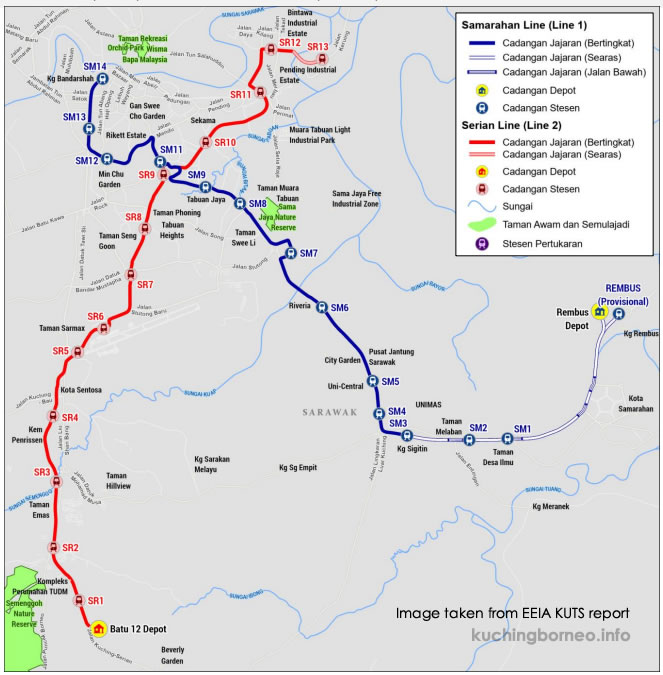
Stations along Serian Line:
- SR1 – JPJ/Batu 12 Depot
- SR2 – Kota Padawan/Batu 10 bazaar
- SR3 – SMK Wira Penrissen
- SR4 – Sentosa Parade
- SR5 – Kuching Sentral
- SR6 – Kuching International Airport
- SR7 – RH Plaza Commercial Centre
- SR8 – Emporium Kuching / 101
- SR9 – Swinburne University
- IS1 – Wisma Persekutuan (Simpang Tiga)
- SR10 – Chung Hua Middle School No. 3
- SR11 – Puspakom
- SR12 – Bintawa Industrial Estate
- SR13 – Borneo Convention Centre Kuching
The lines may be expanded in the future as the proposed masterplan of KUTS I’ve seen before this does include places like Bau and even Serian town. The details here are only for the first phase.
The ART route and station design
Based on the report, the ART doesn’t differ much from other ART designs in other countries although four years can see the design of the ART change entirely.
The routes of the ART line will be a mixture of underpasses, elevated routes and at-grade as seen in the image below.
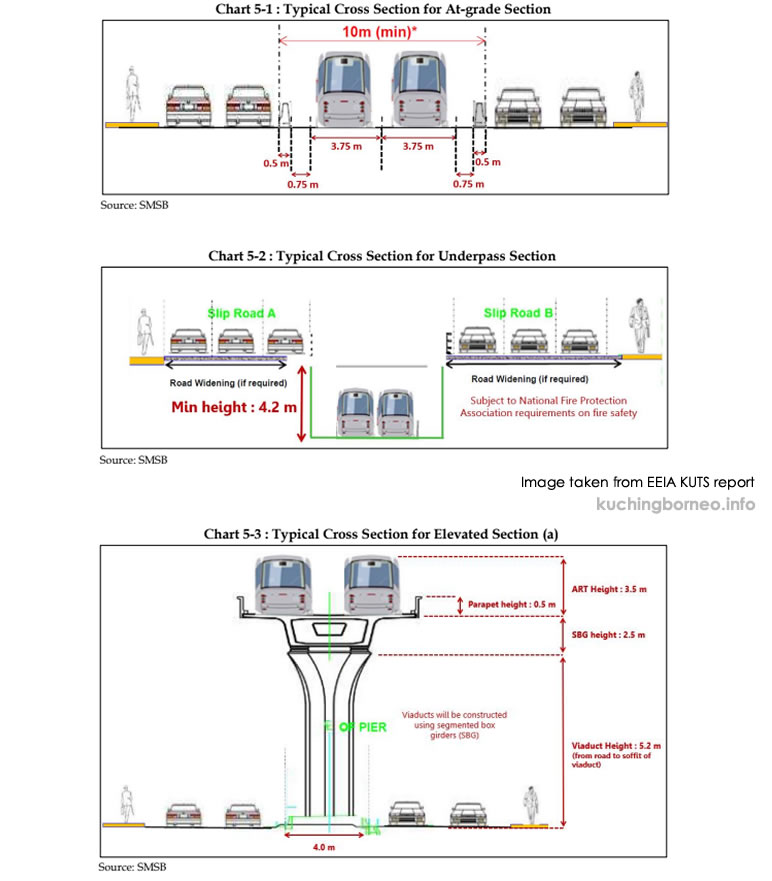
The station size for KUTS ART will depends on the facilities it will offer. The typical size
of an ART station is 20m wide by 50m long.
In general, all stations will have the following facilities:
- Ticket Vending Machines
- Public Information Displays
- Disable (Orang Kurang Upaya) friendly facilities
- Taxi and car drop off area
- Elevators and seating area
The interchange station will have added facilities which include customer service counters.
Operation and capacity
Accoring to the EEIA report, the ART will be able to accomodate some 300 passangers at one time.
Travel time will be from 6AM – 12AM with extended hours considered if necessary.

There will be an 8 minutes interval between trains with the Samarahan Line taking 38 minutes to complete, while the Serian Line taking 40 minutes to complete.
Opinion on Kuching Urban Transportation System plans
The information above is based on the proposals included in the Kuching Urban Transportation System EEIA report. It may change over time.
Either way, it’s a good guide to know more about one of Kuching’s biggest public transportation projects.
I am personally excited about it because if public transportation was reliable, i would prefer using it to travel between places.
You can download both the reports here, and read more details on KUTS and its big plans here.
